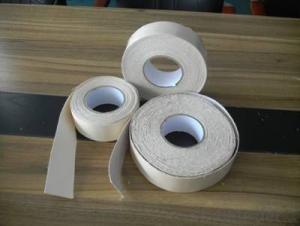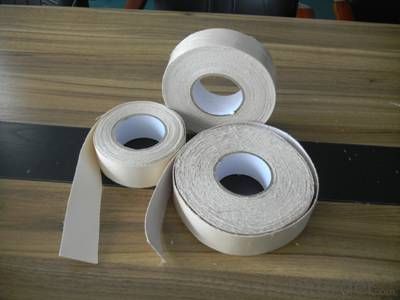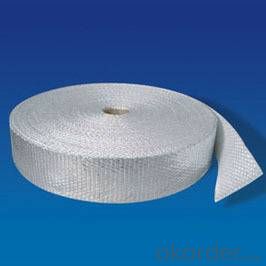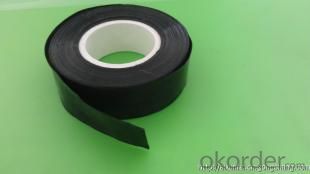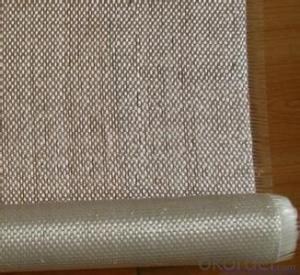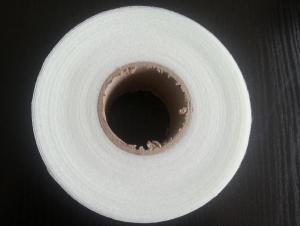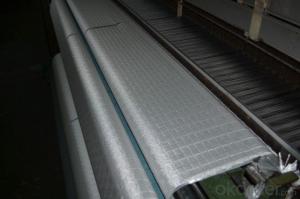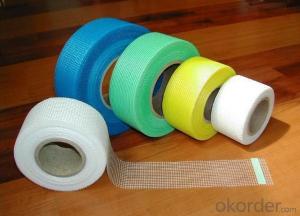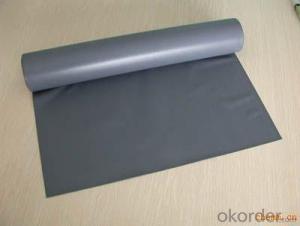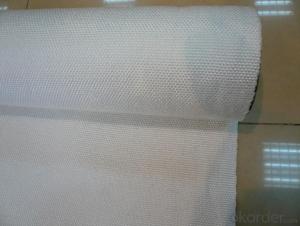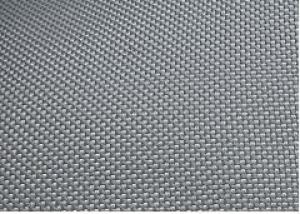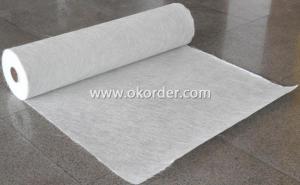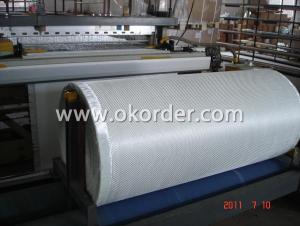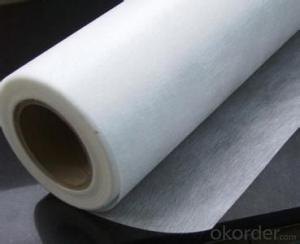High Silicone Fiberglass Fabrics Tape in Good Quality
- Loading Port:
- China Main Port
- Payment Terms:
- TT or LC
- Min Order Qty:
- 2000kg kg
- Supply Capability:
- -
OKorder Service Pledge
OKorder Financial Service
You Might Also Like
1Description :
.High silica tapes are made by slitting the high silica fabrics.They can be used at the temperature of 1000℃ without changing its properties。
This kind of tape can be wrapped up to special pipe and equipment much easier.

2.Specification:
Product name | Base Fabric | Sio2% | Working Temperature ℃ |
High Silica | HS-600 | ≥96% | 1000 |
Adhesive-slit | HS-100 | ≥96% | 1000 |
3Application:
Insulattion wrap for pipes,hoses and electrical cables heat gasket or seal.
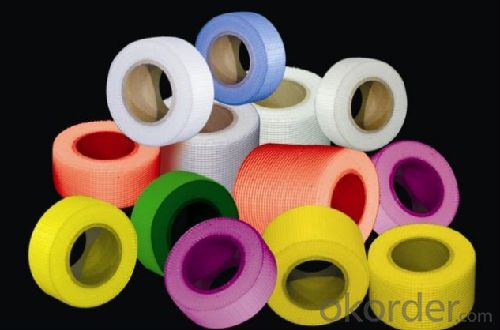
4.Package
Packed with cartons and pallets
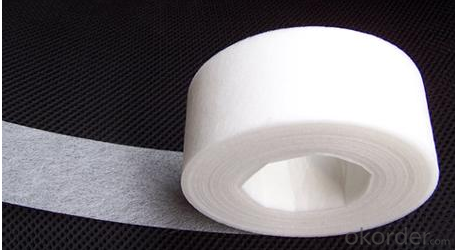
5.FAQ
1.What is the delivery time ?
15days after receiving the deposit
2.Are you a trading company or factory.
We are factory,and we have more than 10 years of experience.
- Q: Can fiberglass fabric be used for tent or awning materials?
- Yes, fiberglass fabric can be used for tent or awning materials. It is a lightweight, durable, and weather-resistant material that can provide strength and stability to tents and awnings. Additionally, fiberglass fabric is known for its excellent thermal insulation properties, making it suitable for various outdoor applications.
- Q: What are the different coatings available for fiberglass fabric?
- There are several coatings available for fiberglass fabric, including silicone, acrylic, polyurethane, and PTFE (Teflon). These coatings provide various benefits such as heat resistance, water repellency, chemical resistance, and improved durability. Each coating has its own unique properties, making them suitable for different applications and industries.
- Q: Is fiberglass fabric suitable for use in aerospace composites?
- Yes, fiberglass fabric is suitable for use in aerospace composites. Fiberglass is a widely used material in the aerospace industry due to its excellent strength-to-weight ratio, durability, and resistance to corrosion. It offers high tensile strength and stiffness, making it ideal for applications that require structural integrity and load-bearing capabilities. Additionally, fiberglass fabric can be easily molded into complex shapes, allowing for the production of intricate aerospace components. Furthermore, fiberglass composites exhibit good thermal and electrical insulation properties, which are essential in aerospace applications where temperature fluctuations and electrical conductivity need to be controlled. Overall, fiberglass fabric is a reliable and proven material that has been successfully employed in the construction of various aerospace components, such as aircraft wings, fuselages, and interior panels.
- Q: Problems in making FRP models and models
- The higher precision is the three-dimensional engraving machine, but this machine can generally do very limited volume, can not do big things. This engraving machine usually needs to be polished again after making the bottom mold
- Q: Are fiberglass fabrics resistant to mold or mildew?
- Fiberglass fabrics possess a general resistance to mold or mildew due to their non-porous nature and the fact that they do not foster ideal conditions for the growth of mold or mildew. They find common use in moisture-resistant applications, such as outdoor furniture, boat covers, and shower curtains. It is important to bear in mind, however, that while fiberglass fabrics themselves resist mold or mildew, the presence of organic materials like dirt, dust, or other organic matter on their surface can still provide an opportunity for such growth. Therefore, it is advisable to regularly clean and maintain fiberglass fabrics to ensure their longevity and resistance to mold or mildew.
- Q: How does fiberglass fabric perform in filtration efficiency?
- Known for its excellent filtration efficiency, fiberglass fabric is widely used in various filtration applications. This is due to its ability to effectively capture and remove particles from air or liquid streams. The intricate structure of the fabric consists of tiny interwoven fibers, creating a dense network of filtration media. This results in a high surface area and porosity, allowing the fabric to efficiently trap and retain even the smallest particles. The filtration efficiency of fiberglass fabric primarily depends on its fiber diameter, thickness, and density. Smaller fiber diameters and higher fabric densities contribute to better filtration performance as they provide more opportunities for particle capture. Additionally, the fabric's electrostatic properties enhance its filtration efficiency by attracting and trapping charged particles. Fiberglass fabric has been proven highly effective in removing a wide range of contaminants, including dust, pollen, mold spores, bacteria, and certain gases and odors. Its exceptional filtration efficiency has made it a popular choice in applications such as HVAC systems, industrial dust collectors, automotive air filters, and water treatment systems. To summarize, fiberglass fabric excels in filtration efficiency. Its unique structure, combined with its electrostatic properties, allows it to effectively capture and remove particles, making it a reliable option for various filtration applications.
- Q: Can fiberglass fabric be dyed or printed on?
- Yes, fiberglass fabric can be dyed or printed on. However, it is important to use specific dyes and printing techniques suitable for fiberglass to ensure proper adhesion and durability of the color or print.
- Q: Can fiberglass fabric be used for reinforcement in wind turbine towers?
- Yes, fiberglass fabric can be used for reinforcement in wind turbine towers. It is commonly used due to its high strength-to-weight ratio, durability, and resistance to corrosion. Additionally, fiberglass fabric can be easily molded and formed to suit the specific design requirements of wind turbine towers.
- Q: Can fiberglass fabric be used for gaskets?
- Yes, fiberglass fabric can be used for gaskets. Fiberglass fabric is widely used in various industries, including automotive, aerospace, and manufacturing, due to its high strength, durability, and resistance to chemicals and extreme temperatures. These properties make it suitable for gaskets, which are used to prevent leaks or to provide a seal between two surfaces. Fiberglass fabric can be cut and shaped into the desired gasket size and can be further impregnated with adhesives or coatings to enhance its sealing capabilities. Additionally, fiberglass fabric is lightweight and flexible, allowing it to conform to irregular surfaces and provide a tight seal. Overall, fiberglass fabric is a versatile material that can effectively be used for gaskets in a wide range of applications.
- Q: How does fiberglass fabric perform in high-vibration environments?
- Due to its unique properties, fiberglass fabric is highly effective in high-vibration environments. It possesses inherent stiffness and a high strength-to-weight ratio, making it resistant to vibrations and mechanical stress. When exposed to vibrations, fiberglass fabric efficiently absorbs and disperses the energy, minimizing potential damage and reducing impact. One of the main advantages of fiberglass fabric is its excellent ability to dampen vibrations. It can absorb and dampen vibrations, preventing them from spreading and intensifying throughout the structure. This characteristic is especially important in high-vibration environments, as excessive oscillations can lead to structural fatigue, decreased performance, or even failure. Furthermore, fiberglass fabric is known for its exceptional durability and resistance to corrosion, enhancing its performance in high-vibration environments. It can withstand prolonged exposure to intense vibrations without experiencing degradation or loss of mechanical properties. Additionally, fiberglass fabric offers versatility in design and application. It can be easily molded or woven into various shapes and sizes to meet specific requirements in high-vibration environments. Whether used as a reinforcement material in composites or as a standalone fabric, fiberglass provides reliable and long-lasting performance in demanding conditions. In conclusion, fiberglass fabric is an ideal choice for high-vibration environments due to its stiffness, strength, damping properties, durability, and resistance to corrosion. Its ability to absorb and dissipate vibrations, combined with its design versatility, makes it well-suited for applications where mitigating vibration-related issues is crucial.
Send your message to us
High Silicone Fiberglass Fabrics Tape in Good Quality
- Loading Port:
- China Main Port
- Payment Terms:
- TT or LC
- Min Order Qty:
- 2000kg kg
- Supply Capability:
- -
OKorder Service Pledge
OKorder Financial Service
Similar products
Hot products
Hot Searches
Related keywords
